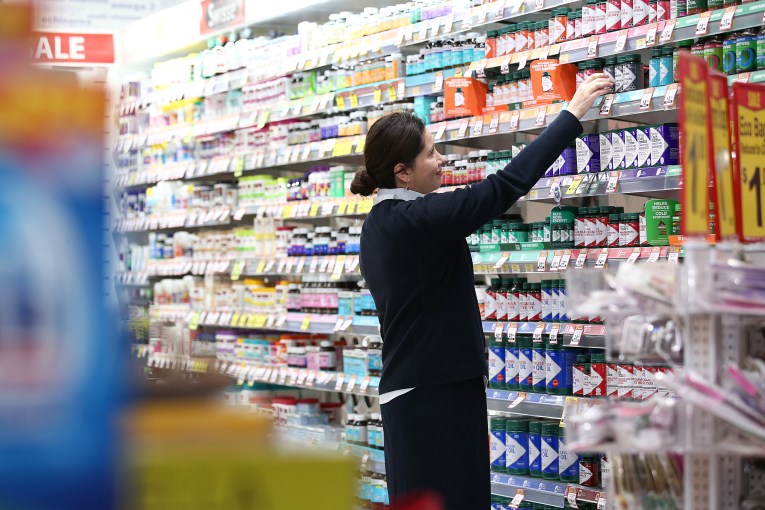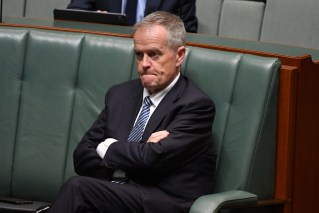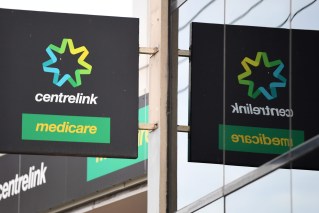Buildings may be empty, but vacancy rates barely moved: Property Council
Australia’s CBDs have surprisingly survived the impacts of the pandemic so far with vacancy rates only moderately affected, according to a report from the Property Council.


Office leasing has been moderately affected by the pandemic.
While CBDs have emptied during lockdowns, it has yet to reflect in office vacancies.
Australian CBD office vacancy increased from 8 per cent to 9.2 per cent over the six months to July 2020 with flat – but not falling – tenant demand, according to the Property Council of Australia’s Office Market Report.
The council said the “first phase of the impact of COVID-19″ on Australia’s office markets showed only moderate effects, reflecting the strong base settings in most CBD markets at the start of the pandemic.
In Brisbane, the impact was a slight rise from 12.7 per cent vacancy to 12.9 per cent, the council’s Queensland executive director Chris Mountford said.
“It was a very similar story in the Brisbane fringe market with vacancy increasing from 13.6 to 14.2 percent,” he said.
“Importantly, both markets recorded positive tenant demand through this period, with the vacancy increases being driven by supply additions, not a reduction in demand for space.
“It is a slightly different story on the Gold Coast where the vacancy rate increased marginally from 12.8 to 13 percent, but this was driven by negative demand for space.”
Despite the COVID-19 pandemic, aggregate Australian vacancy remains below its historic average, with the key Sydney and Melbourne CBDs sitting at less than 6 per cent vacancy.
Office vacancies are calculated on whether a lease is in place for office space, not whether the tenant’s employees are occupying the space or working from home.
Key markets of Sydney and Melbourne CBD had vacancies of 5.6 per cent and 5.8 per cent respectively, while vacancies in Canberra were at 10.1 per cent, Adelaide at 14.2 per cent and Perth at 18.4 per cent.
All capital city markets recorded lower vacancies in prime over secondary stock. Sublease vacancy in the capital cities – a key metric in falling markets – increased by 0.2 per cent, but is still at modest levels compared to previous downturns.
A report by SQM Research has shown the residential rental vacancy rate recorded a decrease over the month from 2.2 per cent in June to 2.1 per cent in July 2020.
The new financial year commenced with the total number of vacancies Australia-wide now at 71,760 vacant residential properties.
All capital cities recorded declines in vacancy rates over the month except for Melbourne which recorded a 0.1 per cent increase to 3.1 per cent for July.
The residential vacancy in Brisbane’s CBD fell from 14 per cent to 13 per cent.
Over the month, capital city average asking rents decreased 0.6 per cent for houses and 0.9 per cent for units to record asking rents of $534 a week for houses and $419 a week for units.
SQM said there was a clear trend of reduced rental vacancies in outer suburban locations and regional locations around Australia.
However, when looking into the numbers it is clear there are still very elevated levels of rental vacancies in the inner-city locations,” SQM said.
“We believe there has been a move towards outer regional living and away from high-density areas. This very likely has been as a result of fears surrounding coronavirus and the ability for many employees (particularly in the corporate sector) to work remotely.”
JLL’s Adam Barrett, Head of Office Leasing, said many companies were “reassessing and recalibrating future use of workspace”.
“While some companies may find the work-from-home (WFH) model works for their employees, others may prioritise the need for face-to-face collaboration (after an extensive working from home period).
“Queensland has benefited from lower population densities and stricter enforcement of restrictions than other states. The rate of infection was much lower and so far the state has been able to avoid the second round of infections.
“As a consequence, economic activity has resumed quicker than first anticipated and anecdotally we are seeing this reflected in higher frequency statistics such as retail turnover. Going forward, forecasts shows that Queensland’s growth rate will be higher than NSW and VIC over the next five years.
“We have revised our forecasts to show a rental decrease and an increase in incentives amid subdued leasing demand for 2020,” said Barrett.












